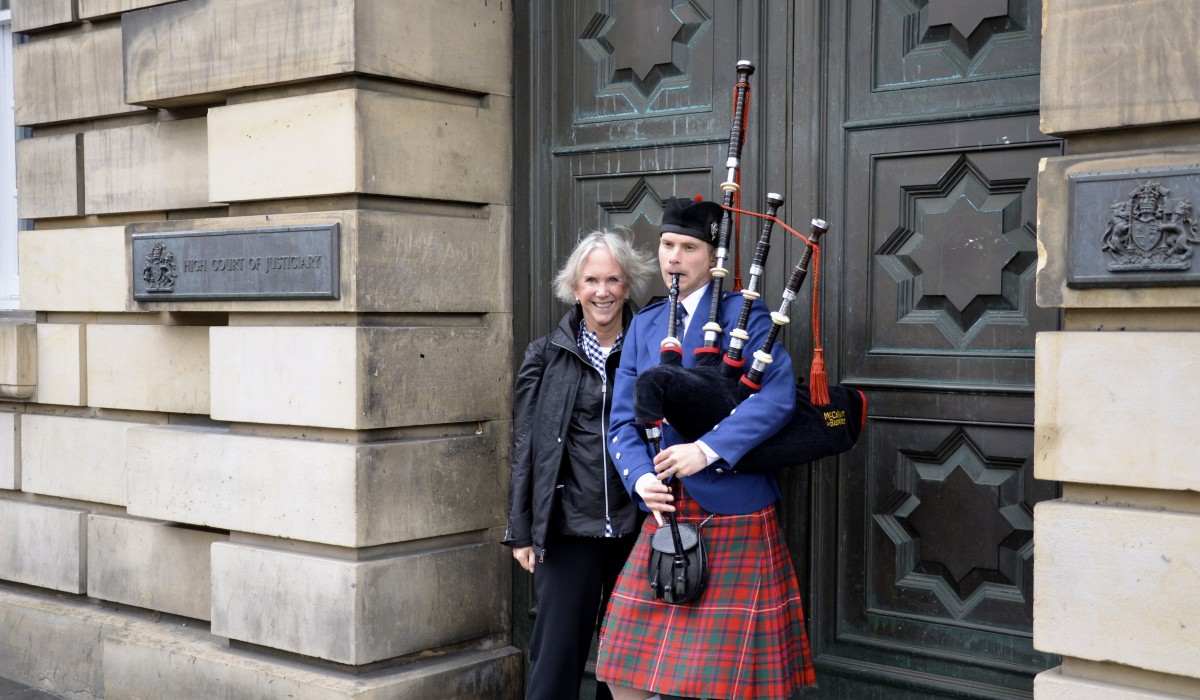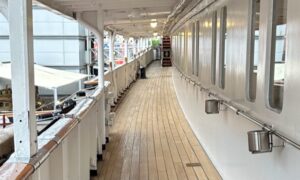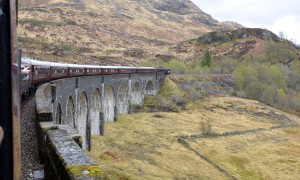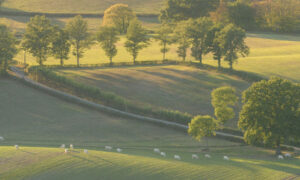When we got home from Scotland and I showed a photo of my husband proudly wearing the kilt he rented in Edinburgh for a formal dinner (they rent them there like we rent tuxes for weddings and special events), our five-year-old grand daughter laughed and said, “Why is Papa wearing a skirt?”
I suspect that’s the common reaction of small children not aware that the kilt is probably the most recognizable National Costume in the world. For a Scotsman it is a symbol of honor and patriotism.
I’ve always loved seeing men in kilts, especially in Pipe bands at festive Scottish occasions. Once in a while someone would show up at a party here in the midwest in one and I’d think, “Wow, I really like that look. ”
But on this trip I learned a lot more about the traditional Scottish (and some would say Irish) garb.
First of all the origin of the kilts go back hundreds of years when those tough clansmen wore what they called a “plaid” or a long length of fabric, wrapped around the waist and secured with a belt. The extra parts could be used as a cape, a head cover or to secure stuff, actually one might think of as the originally back pack.
At night it was a sleeping bag and it could be used for many other things. This made me think of the Turbans I saw in India and how they were often used for other purposes than a head wrap. Click here for a link about turbans.
The Plaid was actually left behind when the clans men stormed into battle, being too heavy and cumbersome. I can visualize them piled in heaps on the edge of battlefields.
The term “kilt” actually means to tuck up clothing around the body, and is a derivation of an old Norse word Kjilt which means pleated.
We were fortunate enough to get a demonstration of a true “plaid” by a husky Scotsman who look us on a tour of the Bonnie Prince Charley Memorial and to a lovely country house for the best scones I could ever imagine.
Here are some photos of how he wrapped and tied his Plaid.
The English actually turned the “plaid” into a kilt sewing the pleats down around 1800. It’s popularity was boosted when it was adopted as the official uniform of the Scottish Highlanders and when Scottish clan chieftains and British royals started to wear kilts in social events and receptions.
In doing further research I have learned to use the terms correctly.
A kilt is a knee-length male skirt. This became an essential part of Scottish national dress since the 18th century. Modern kilts are usually cut from approximately 8 yards of fabric and have 29 pleats. They are often worn in place of a tuxedo at formal occasions with a jacket, shirt and tie.
A tartan is a pattern consisting of criss-crossed horizontal and vertical bands in multiple colors. In the U.S. we would call this a plaid. Each of the major clans have their own tartan.
Historically a “plaid” is the name for the large length of fabric in a tartan worn over the shoulder and fastened around the waist with a belt.
The history is a bit controversial. Some Irish authors maintain that the male skirt made in a tartan fabric was originally dressed in Ireland and introduced in Scotland after the Irish-Scots tribes settled in Caledonia in the 5-6th centuries. Scottish historians do not agree. I’m sure the debate rages over pints of ale in many pubs in both countries.
Here’s the photo our grand daughter laughed at……what do you think?


















Comments
2 CommentsMargaret
Jun 5, 2013Mighty handsome couple…and love the skirt on Jack…cute knees!
Cuteness of Carmel | DesignDestinations
Feb 4, 2019[…] For more about bagpipers, click here. […]